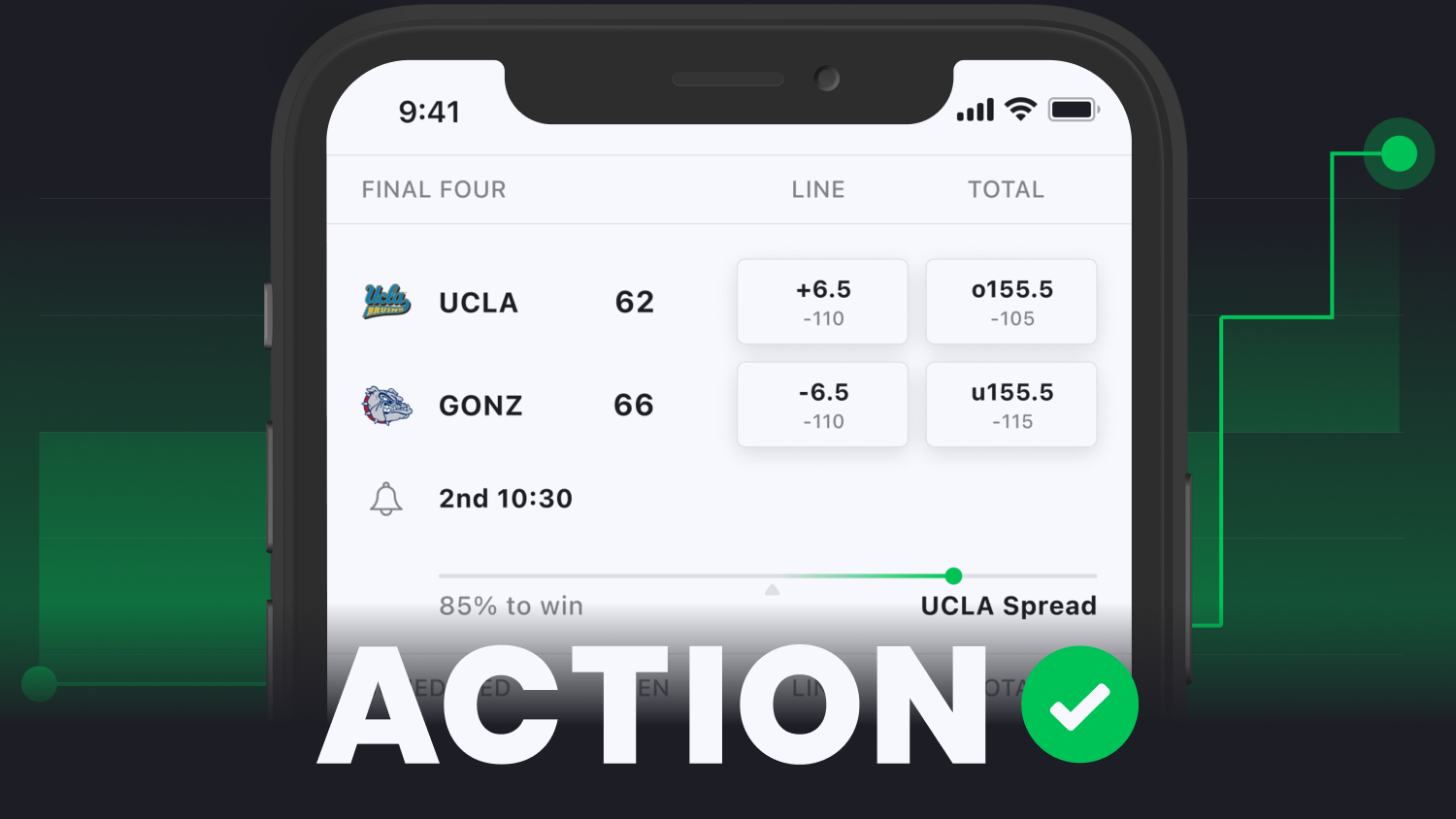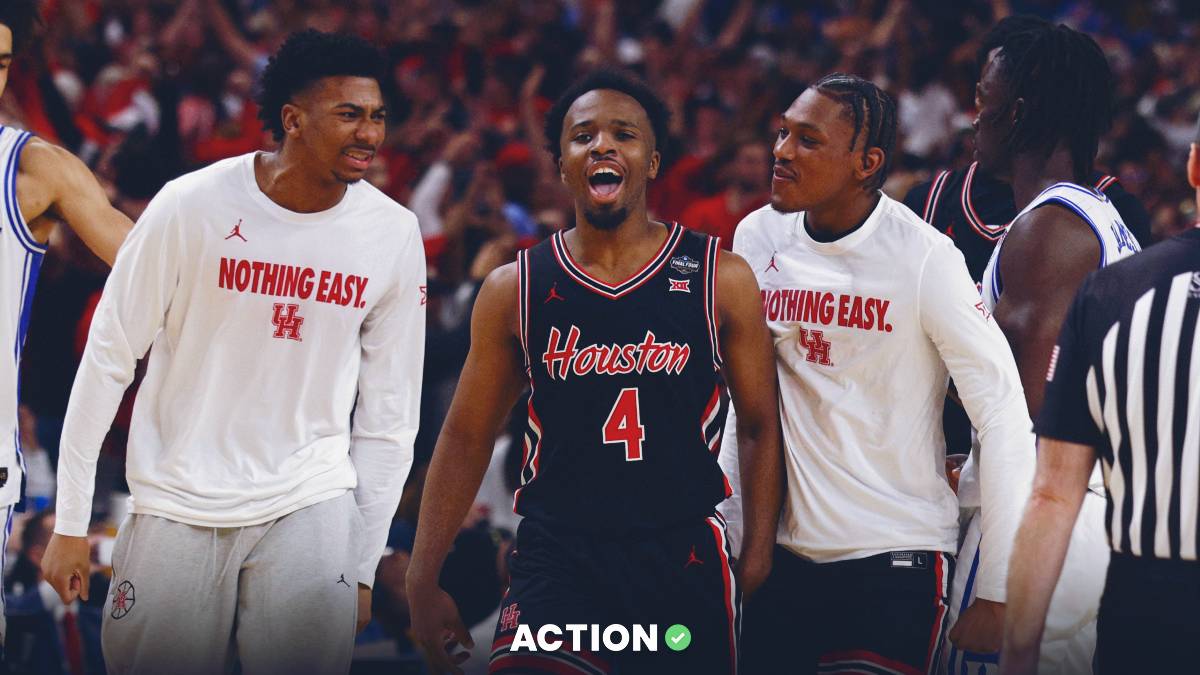Every year we gripe and complain about who got a raw deal and who got incredibly lucky when it comes to seeding.
It's very clear every year that seeding in March Madness is never about placing teams based on how good they actually are; it's about who's the most "deserving" based on their record and strength of schedule.
This is not an article complaining about how the committee got it wrong. Instead, this is an article to help you not only fill out your bracket, but to identify some value in the futures market, as well.
Underseeded Teams
UConn Huskies: No. 4 Seed West Region
| Site | KenPom | ShotQuality | Bart Torvik | Haslem Metrics |
| Rank | 4th | 5th | 5th | 5th |
At one point during the non-conference portion of the season, UConn was talked about as one of the best teams in the country. Then the Huskies went through a rough stretch during the conference schedule, starting 5-6.
They then won eight of their remaining nine games in the regular season before narrowly losing to Marquette in the Big East Tournament.
What makes Connecticut so dangerous is its ability to dominate inside. The Huskies are the No. 1 team in the country in offensive rebounding percentage, 39th in PPP on shot attempts at the rim and also 15th in PPP allowed on shot attempts at the rim.
 |
Image via ShotQuality
Their defense sets up really well to play against teams that like to shoot a lot of shots from long range. Connecticut is 14th in the nation in 3-point rate allowed, was No. 1 in the Big East in open 3-point rate allowed and is 12th in the country in assist-to-made field goal percentage.
That last stat tells me the Huskies are incredibly good at disrupting ball movement.
Adama Sanogo is an absolute beast down low and an incredible effective scorer. He's 48th in the nation in effective field goal percentage and is hitting 62.9% of his shots from inside the arc, but he's also stepping out and hitting 35% from beyond the arc.
The Huskies are in a very difficult part of the bracket, but this is a team that started the season 14-0 and has a 15-point neutral-court win over the overall No. 1 seed Alabama.
Creighton Bluejays: No. 6 Seed South Region
| Site | KenPom | ShotQuality | Bart Torvik | Haslem Metrics |
| Rank | 13th | 19th | 15th | 12th |
Creighton is one of the more underrated teams in the country because of what it went through in the non-conference portion of its schedule.
The Bluejays started off the season 6-0 and then lost six straight in which one of their best players — Ryan Kalkbrenner — missed three of those six games.
 |
Image via KenPom
As you can see, Kalkbrenner is just about the most effective scoring big man in the country.
 |
Image via KenPom
Creighton is an incredibly efficient offense — ranking 28th in Adjusted Offensive Efficiency — and is effective scoring the ball in just about every type of offensive set. That makes the Bluejays incredibly dangerous in the NCAA tournament when facing many different types of defenses.
Not only that, but Creighton is in the 93rd percentile in press offense, per Synergy, which will come in handy in its first-round matchup against NC State, which likes to press a lot.
Then on the defensive side of the ball, Creighton is 15th in Adjusted Defensive Efficiency and is incredibly good at protecting the rim. The Bluejays are 12th in 2-point field goal percentage allowed and 11th in PPP allowed on shot attempts on the rim.
They're also 13th in defensive rebounding percentage and almost never allow teams to get to the free-throw line, ranking second in free-throw rate allowed, per KenPom.
The Bluejays are an incredibly dangerous team in this tournament, so don't be surprised if Greg McDermott's squad gets to the Elite Eight.
Overseeded Teams
Kansas State Wildcats: No. 3 Seed East Region
| Site | KenPom | ShotQuality | Bart Torvik | Haslem Metrics |
| Rank | 24th | 18th | 24th | 28th |
The Wildcats largely benefited from being incredibly good in Manhattan and getting some late-game variance to go their way.
The Wildcats were 16-1 at home this season versus just 7-9 in neutral or games away from home. They're also seventh-worst in college basketball in "Away from Home" rating, per Haslem Metrics.
The Wildcats played in eight games this season that either went to overtime or were decided by six points or less. They went 6-2 in those game, including a perfect 4-0 in overtime.
Their offense definitely is not up to par with a team deserving of being a three seed, as the Wildcats are 52nd in Adjusted Offensive Efficiency, per KenPom. They're kind of a one trick pony because they need to be able to score at the rim for their offense to function properly.
The Wildcats are the third-highest frequency team in the country in shot attempts coming at the rim (45%).
They're also the highest frequency back-cutting team in the country. That's great, but when the Wildcats run into a team that can defend at the rim, they're going to have problems.
Kansas State is only shooting 34% from 3-point range and a lot of those shots are contested looks, as it's 297th in Open 3-Point Rate.
Not to mention, KSU has also had turnover issues all season long, as it owns a 20% turnover rate, which is 299th in the country.
 |
Image via ShotQuality
Kansas State is a top-20 team in terms of Adjusted Defensive Efficiency and is an incredibly good team at defending the 3-point line.
During Big 12 play, it only allowed 29.3% from beyond the arc, but as you can see, it's due for some negative regression.
 |
Image via ShotQuality
The Wildcats also allow teams to the free-throw line at an incredibly high rate, which does not bode well for them in their first-round matchup against Montana State.
Don't be surprised if Kansas State doesn't make the Sweet 16.
Miami (FL) Hurricanes: No. 5 Seed East Region
| Site | KenPom | ShotQuality | Bart Torvik | Haslem Metrics |
| Rank | 40th | 42nd | 38th | 43rd |
Miami is getting a little bit of a boost with its seeding because it won a share of the ACC regular season title, going 15-5 in conference play.
However, the ACC, as a whole, was incredibly down this season. I mean, even the Mountain West was rated as a more difficult conference.
 |
Image via KenPom
There's not many bad things I can say about the Miami offense because it's very good. The Hurricanes are 12th in Adjusted Offensive Efficiency, 20th in effective field goal percentage and have two incredible scoring guards in Isaiah Wong and Nijel Pack.
However, Miami lacks a lot of size down low and is potentially going to be without its best big man Norchad Omier, who's questionable to play against Drake in the first round.
Omier is also top-35 in the country in both offensive and defensive rebounding percentage. Miami was an average defensive rebounding team overall this season, so losing him now makes the Canes a complete liability on the boards.
It's not just his rebounding though. He's an incredibly efficient scorer in the post and at the rim, shooting over 60% from inside the arc this season.
 |
Image via ShotQuality
Miami has a ton of issues on the defensive end of the court, as it's 132nd in the country in Adjusted Defensive Efficiency and has really struggled to defend inside the arc.
The Hurricanes are allowing 51.8% from inside the arc, which is 281st in the country.
They also really struggle defending from the mid-range and in the post.
 |
Image via ShotQuality
The Hurricanes are also one of the worst ball-screen defenses in the country, which is a big time problem in their first-round matchup against Drake, which is a heavy ball-screen offense.
The first-round spreads always will tell you which three through six seeds are overvalued, and Miami only being a 2.5-point favorite over Drake tells you everything you need to know.


















































